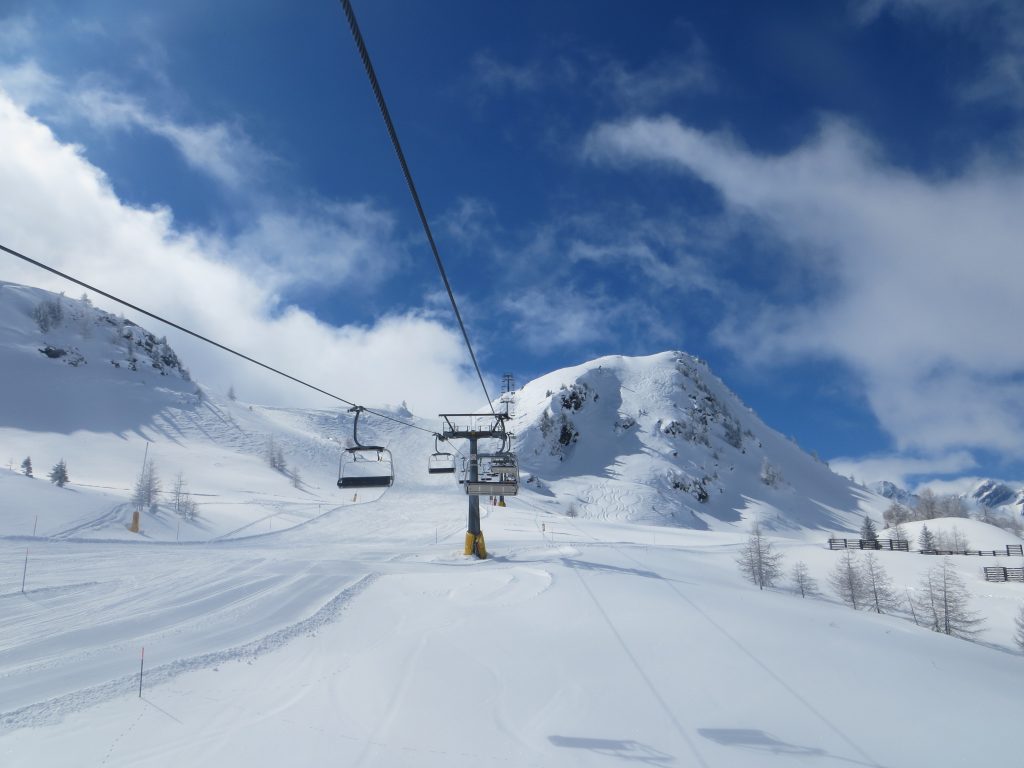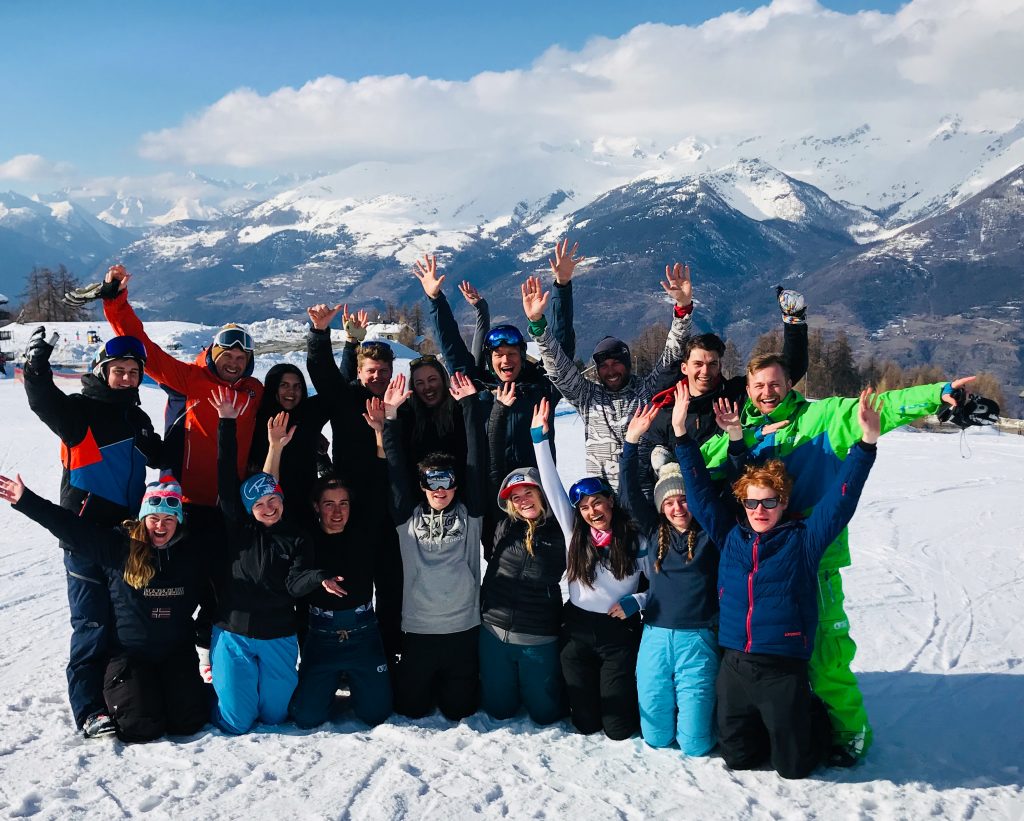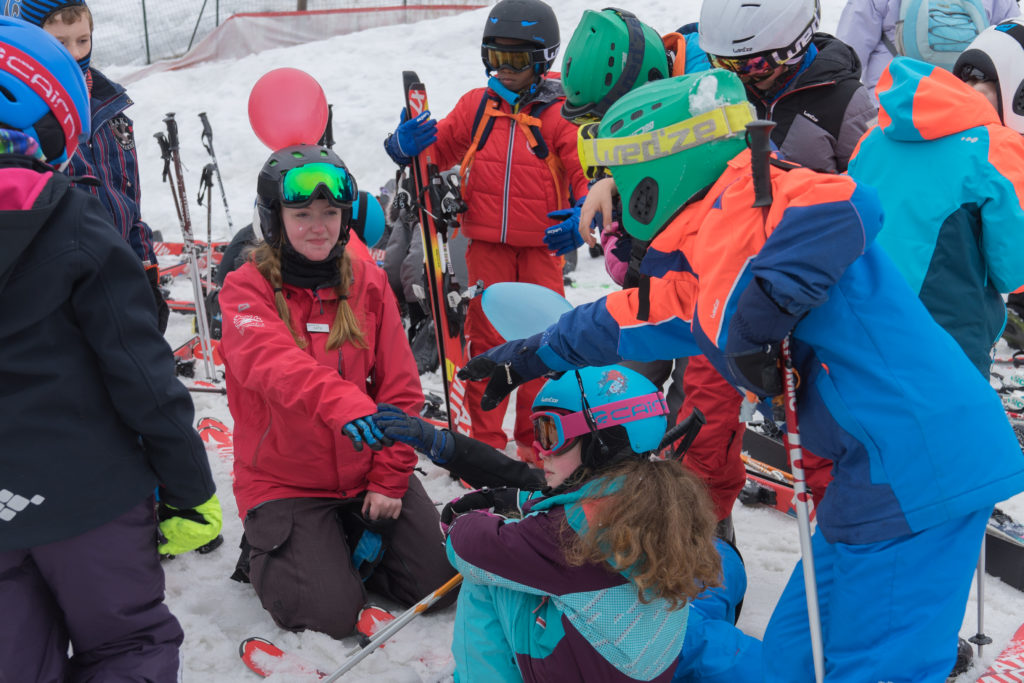6 Reasons Why Off Peak Skiing For Schools Is On Piste!
-
November 16, 2023
When it comes to travelling, regardless of where you choose to visit, you’ll no doubt come across the price differences between the peak and off-peak dates. Sometimes the difference can be very significant and travel companies are often accused of price hiking. However, the reality is that the difference is simply driven by the basic economic forces of supply and demand and they exist throughout the travel chain – transport, hotels etc.
Now, whilst it’s unfortunately not an option for everyone, the best way to stay on the right side of the best value prices is to travel during the off peak periods and for skiing, that is generally mid-December, January and March (depending on when Easter falls). February is the busiest time throughout all of the ski resorts in the Northern Hemisphere, meaning there isn’t much in the way of bargain breaks.
But, it’s not all about the price. Although how much you pay clearly has a huge bearing on your decision making, there are other factors to take into account that might just help influence when you travel. In this bog post, we explore all the reasons why we think traveling during term time for your school ski trip is the best option for everyone.
1. The Price
We’ve already mentioned it, but perhaps the biggest consideration for most people will be the price. The difference between travelling at February half-term compare to the middle of March can be stark, often more than a few hundred pounds per person. As demand is much softer in the off peak periods, you’ve also got more chance of being able to negotiate headline prices or maybe getting a few extras chucked in? Don’t forget, as a term time ski group, you’re gold dust to the tourism industry – use this to your advantage!
2. The Crowds
Visit a restaurant for Christmas lunch and it will be busy… skiing at February half term is the same! It doesn’t matter where you go, it’s the period in the year that normally offers the best snow conditions and coincides with many school holidays across the whole of Europe which means people descend on ski resorts in huge numbers. This can mean longer queues at lifts, the pistes being more crowded and the restaurants and other facilities are chock-a-block Conversely, travel on a term time date and you’ll be pleasantly surprised by how few people are there, almost to the point you’ll wonder whether the mountain has been specially reserved for your group!

3. The Choice
Ski in February and unless you book very early, the chances are you’ll be forced to take what’s available. That’s not necessarily a bad thing, but it does mean you’re likely to have to compromise on a number of aspects of your trip which could include the resort you ski or the hotel where you stay. Flip that on its head and you’ll be refreshingly surprised by the choice on offer during the quieter weeks. This is particularly important if you have any special requirements for your group such as a sole-occupancy hotel, or a hotel without balconies, or a particular ski resort etc.
4. Accessibility
Yes, it’s another cost related element, but the simple truth is, the better the price, the more accessible it is to a greater number of students. This can help bolster numbers and helps to ensure nobody’s priced out of the trip by the half term premium. After the lost couple of years through the pandemic, this is surely the best way to make sure all students have every opportunity available to them.

5. Free Places
Frankly, the perks at peak times are limited because no one in the supply chain needs to compete for your business. The opposite is true during the quiet weeks, particularly when it comes to free places. At Interski, we operate on a 1:8 free place ratio during peak weeks, but 1:7 during the off peak. You can use additional free places to bring more staff or to reduce the overall cost for students – it’s completely your choice!
6. It’s Educational
Yes, it is! Despite what some people might say, there are massive educational benefits for students from going on a school ski trip. Most important is that these benefits are all things which cannot be taught or experienced in a classroom. We’ve produced a brochure that outlines all of these educational benefits and how they link to the National Curriculum – take a look for yourself https://www.interski.co.uk/HigherEducation and if you want a hard copy, please call us on 01623 456333.

So when is the best time to travel? Traditionally, January, particularly at the beginning and middle are good times to travel, assuming you avoid New Year. The weather tends to be colder, but this of course means the conditions are well preserved. The closer you get to February, the prices will rise however so if you’re flexible on dates, make sure you get quotes for each available date. The other strong contender is March. Again, the closer you are to February, the more expensive it will be, so the middle of March is a prime time to get the best deals and another advantage is that the weather is normally a little bit warmer, but conditions are still holding out.
Put it all together and you have the ingredients for an all round better experience for everyone, both students and staff. No queues at Dover, quieter roads, uncrowded ski hires, choice of ski resorts, empty pistes, choice of hotels, quieter apres-ski venues… the list goes on. Conversely, if this was offered and you didn’t know otherwise, you’d be expect to pay a premium for all of these advantages, but instead the reverse is true… you get more for less!!!
Convinced? We thought so!


Robert McIntosh